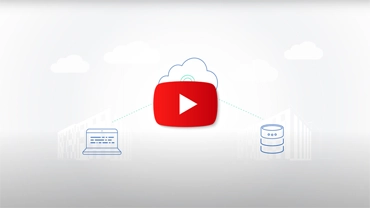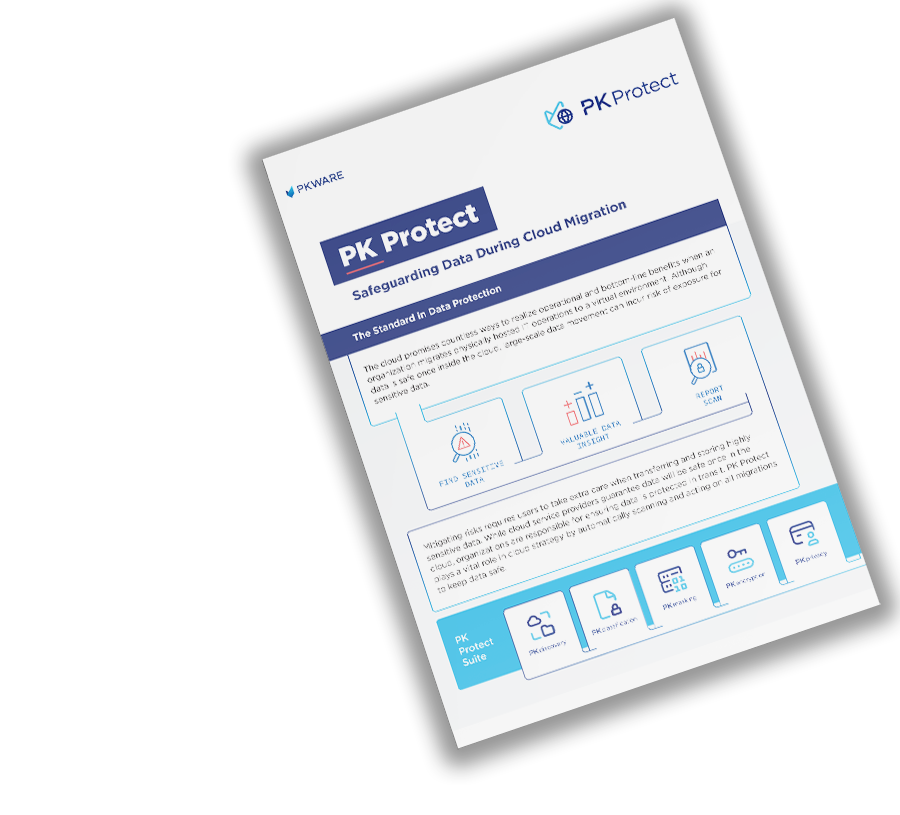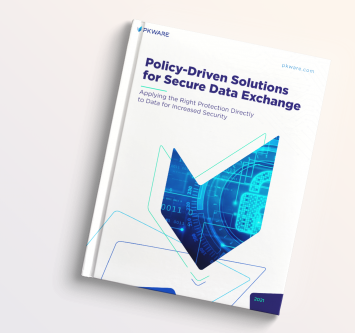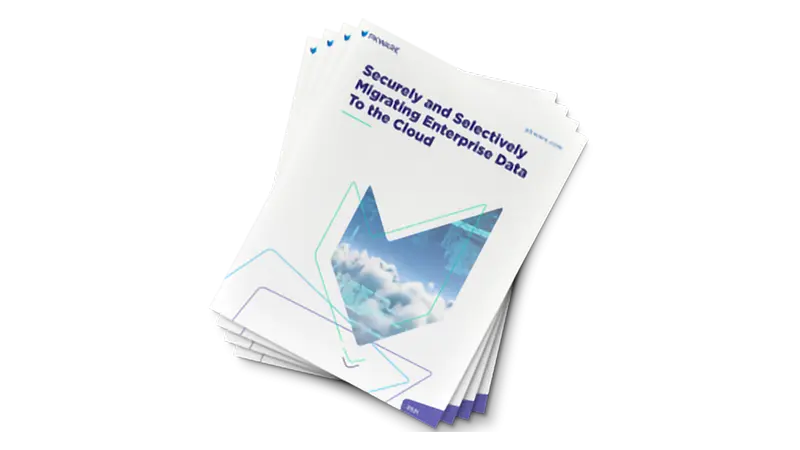Cloud Migration
Upholding Shared Security Models
The cloud provides a secure infrastructure, but what the users do with their data inside the Cloud is their own responsibility. This means that data within the Cloud left unprotected risks being stolen or misused by an unauthorized actor. Legal guidelines also dictate exactly what data can and cannot be moved from an organization’s on-premises environment to the Cloud.
Every migration includes regulatory indicators to sort through, whether it’s ensuring that sensitive data isn’t stored openly on the Cloud, or protecting data in data centers located in different geographies.
Additionally, while some organizations may choose to relocate all computing assets to a cloud, in many cases, some applications and services still remain on-premise. Organizations may also choose to use several clouds, both public and private, in a hybrid cloud environment that also includes on-premise computing assets.
Automatically Scan and Act on Migrations
Protect Data for the Move
Scan through all legacy data sources and create actionable insights to calculate the risk of migration, then enforce controls and remediation that will mitigate the risk prior to moving the data. With clear insights into the sensitivity of the data, PKWARE solutions automatically remediate sensitive data per established policies.







